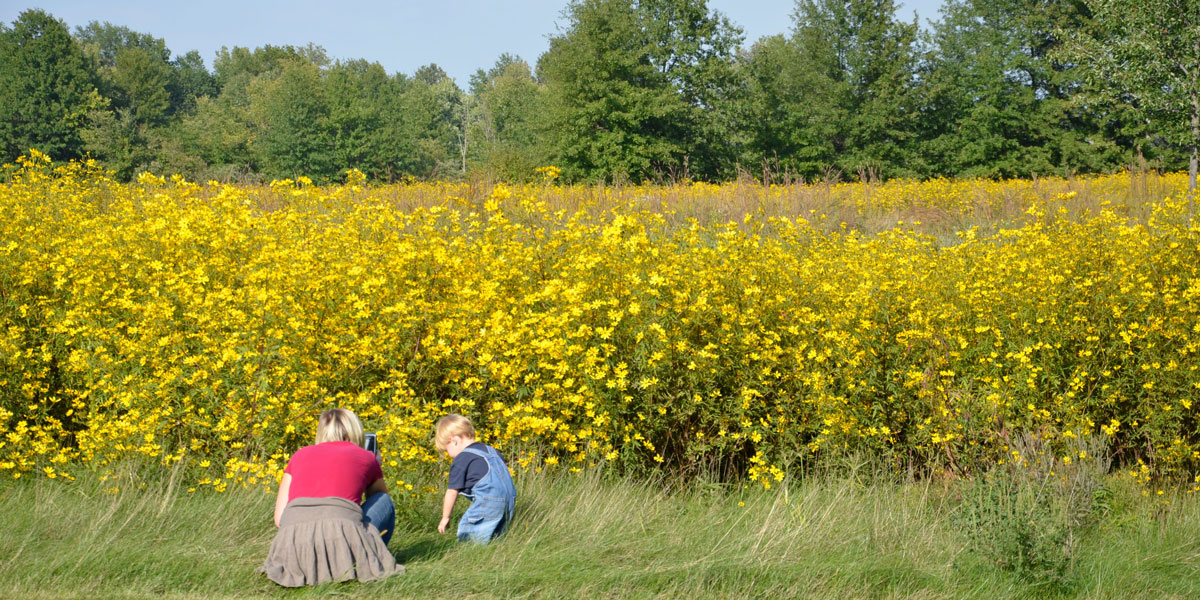“The conventional strategy of landscaping (or the three T's approach as some experts call it) —Turf (mowed lawns), Tar (paved surfaces) and Trees— is expected or mandated in certain residential areas. It is aesthetically bland and offers little usable animal habitat. Incorporation of native, natural herbaceous vegetation, along with optimized selections of woodies (trees and shrubs), when planted in artful designs can aesthetically and ecologically transform urban landscapes.” -John Blakeman (Meadow Environments LLC) A Local expert on the Management of Natural Landscapes
For a large list of pollinator-friendly plants native to Ohio, the North East, and other regions of the US, visit the Xerces Society website.
Locals suggest using seeds as opposed to starts. If you're worried that your seeds may not do well or survive, starts are typically hardier to the local climate and have a leg up on plants grown from seed, but are a more expensive option. Seeds may be easier to plant and are more budget sensible, especially if you're considering planting a large area.
To browse a wide variety of seeds, from wildflowers to prairie grasses, locals shop with OPN Seed. Most local nurseries, like Natives in Harmony, also sell many native seedlings.
For a list of noxious weeds and invasives in the Ohio bioregion, take a look at this page on the USDA Conservation Service website. Additional information about noxious weeds can be found on the city hall website.



